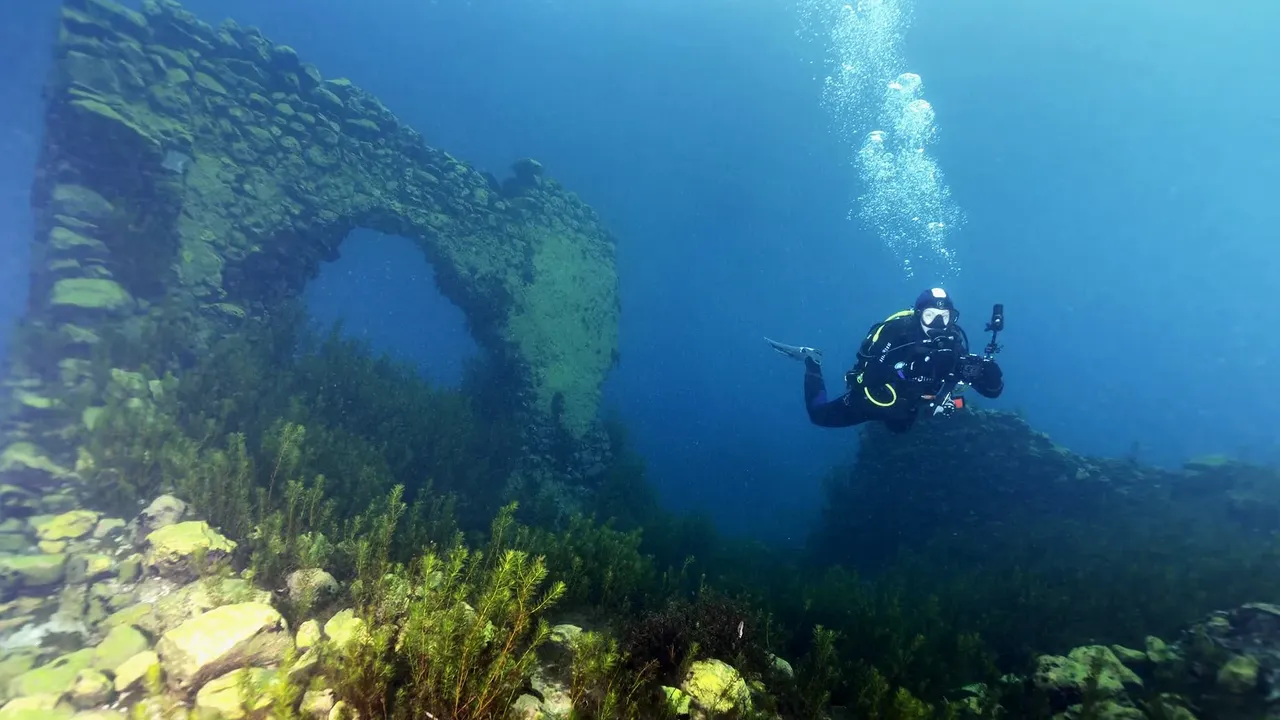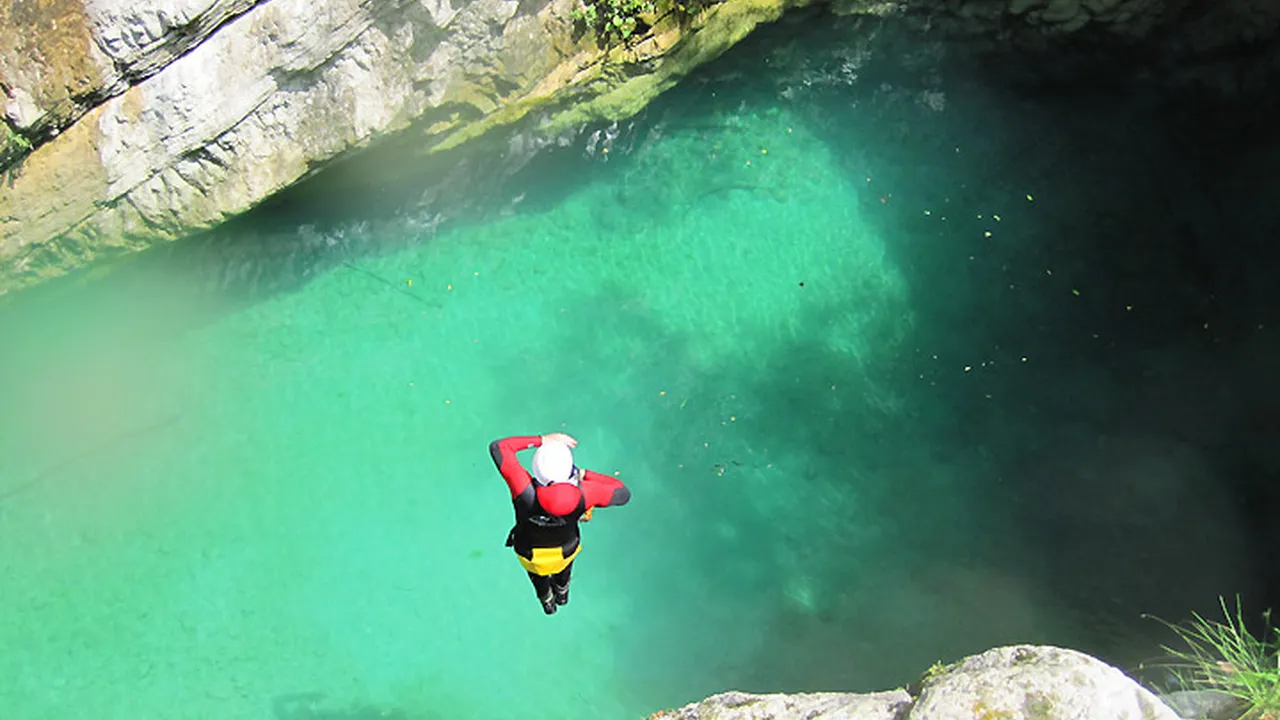Scuba Diving in Italy: Exploring Underwater Worlds

Discover the underwater worlds of Italy with scuba diving. Learn about different dive sites, marine life, and safety tips. Experience the beauty and mystery of the Italian seas.
Why Scuba Diving in Italy A Dive into the Blue
So, you're thinking about scuba diving in Italy? Awesome choice! Italy isn't just about pizza, pasta, and ancient ruins; it's got some seriously stunning underwater landscapes waiting to be explored. From vibrant coral reefs to mysterious shipwrecks, the Italian seas offer something for every level of diver. Whether you're a seasoned pro or just starting out, you're in for a treat. Let’s dive into what makes scuba diving in Italy so special.
Top Dive Sites in Italy Where to Find Underwater Magic
Italy boasts a diverse coastline, which means plenty of incredible dive sites. Here are a few must-visit spots:
Ustica Island, Sicily A Marine Reserve Paradise
Ustica, a small volcanic island off the coast of Sicily, is a protected marine reserve. The crystal-clear waters are teeming with marine life, making it a diver's paradise. You'll find colorful fish, barracudas, groupers, and even the occasional dolphin. The volcanic formations create unique underwater landscapes, with caves, arches, and walls covered in vibrant sponges and corals.
What to expect: Excellent visibility, diverse marine life, and stunning underwater topography.
Difficulty: Suitable for all levels, from beginners to advanced divers.
Portofino Marine Protected Area, Liguria Diving Amidst Beauty
The Portofino Marine Protected Area in Liguria offers a mix of natural beauty and historical interest. The area is known for its dramatic cliffs, clear waters, and diverse marine life. You can explore underwater caves, walls, and shipwrecks, all while enjoying the stunning scenery of the Italian Riviera.
What to expect: Wrecks, walls, caves, and a variety of marine species.
Difficulty: Suitable for intermediate to advanced divers due to currents and depth.
Sardinia's Maddalena Archipelago Turquoise Waters and Hidden Treasures
The Maddalena Archipelago in Sardinia is a group of islands known for their turquoise waters and pristine beaches. The diving here is exceptional, with clear visibility, diverse marine life, and interesting underwater formations. You can explore caves, reefs, and even a few shipwrecks.
What to expect: Clear waters, diverse marine life, and stunning natural beauty.
Difficulty: Suitable for all levels, with various dive sites catering to different experience levels.
Tremiti Islands, Puglia A Hidden Gem
Off the coast of Puglia, the Tremiti Islands are a hidden gem for scuba diving enthusiasts. The islands offer crystal-clear waters, diverse marine life, and fascinating underwater caves and wrecks. The area is less crowded than some of the more popular dive sites, offering a more secluded and authentic diving experience.
What to expect: Pristine waters, diverse marine life, and a tranquil diving experience.
Difficulty: Suitable for all levels, with dive sites ranging from shallow reefs to deeper wrecks.
Italian Marine Life What You Might See Beneath the Waves
Italy's underwater world is teeming with life. Depending on where you dive, you might encounter:
- Colorful Fish: Damselfish, wrasses, parrotfish, and more.
- Larger Marine Animals: Barracudas, groupers, tuna, and occasionally dolphins and whales.
- Invertebrates: Sea stars, sea urchins, sea cucumbers, and various types of coral and sponges.
- Octopuses and Squid: These intelligent creatures are often spotted in rocky areas.
- Eels: Moray eels and conger eels are common in caves and crevices.
Essential Scuba Diving Gear for Italy Preparing for the Plunge
Before you jump in, make sure you have the right gear. Here’s a rundown of essential equipment:
Dive Computer Tracking Your Dive
A dive computer is crucial for monitoring your depth, dive time, and decompression status. It helps you stay safe and within your limits. Here are a couple of recommendations:
- Suunto Zoop Novo: A user-friendly dive computer perfect for beginners. It's reliable, easy to read, and offers essential dive data. Price: Around $300.
- Garmin Descent Mk2i: A high-end dive computer with advanced features like air integration, GPS, and surface mapping. Ideal for experienced divers. Price: Around $1500.
Comparison: The Suunto Zoop Novo is a great entry-level option, while the Garmin Descent Mk2i offers more advanced features for experienced divers who want comprehensive dive data.
Wetsuit or Drysuit Staying Warm Underwater
The water temperature in Italy can vary depending on the season and location. A wetsuit is usually sufficient in the summer, but a drysuit might be necessary in the winter or in colder regions.
- Aqua Lung AquaFlex Wetsuit: A flexible and comfortable wetsuit that provides excellent thermal protection. Suitable for warmer waters. Price: Around $250.
- Waterproof D1 Hybrid Drysuit: A high-quality drysuit that keeps you warm and dry in cold water conditions. Perfect for diving in the winter months. Price: Around $2000.
Comparison: The Aqua Lung wetsuit is a budget-friendly option for warm water diving, while the Waterproof drysuit is an investment for cold water diving.
Regulator Breathing Easy Underwater
A regulator is the heart of your scuba gear, delivering air from your tank to your lungs. Choose a reliable and well-maintained regulator for your safety.
- Scubapro MK25 EVO/A700 Regulator: A top-of-the-line regulator known for its exceptional performance and reliability. Suitable for all diving conditions. Price: Around $800.
- Cressi MC9-SC Compact Pro Regulator: A more affordable option that still offers excellent performance. Ideal for recreational divers. Price: Around $400.
Comparison: The Scubapro regulator is a premium choice for serious divers, while the Cressi regulator offers a good balance of performance and affordability for recreational use.
Mask and Fins Seeing and Moving Clearly
A good mask and fins are essential for clear vision and efficient movement underwater.
- Cressi Palau Long Fins: Adjustable fins that are comfortable and easy to use. Suitable for beginners. Price: Around $50.
- Scubapro Spectra Mask: A comfortable and low-volume mask that provides a wide field of view. Price: Around $80.
Buoyancy Compensator (BCD) Controlling Your Buoyancy
A BCD allows you to control your buoyancy, making it easier to stay at the desired depth.
- Aqua Lung Zuma BCD: A lightweight and travel-friendly BCD. Price: Around $400.
Safety Tips for Scuba Diving in Italy Staying Safe Beneath the Surface
Safety should always be your top priority. Here are some essential safety tips for scuba diving in Italy:
- Dive with a Buddy: Never dive alone. Always dive with a buddy and stay within sight of each other.
- Check Your Gear: Before each dive, thoroughly inspect your gear to ensure it's in good working order.
- Plan Your Dive: Plan your dive carefully, considering depth, time, and air consumption.
- Monitor Your Air Supply: Regularly check your air gauge and ascend before you run low on air.
- Be Aware of Currents: Be aware of currents and adjust your dive plan accordingly.
- Follow Dive Tables or Computer: Use dive tables or a dive computer to avoid decompression sickness.
- Ascend Slowly: Ascend slowly and make safety stops as required.
- Stay Hydrated: Drink plenty of water before and after your dives to prevent dehydration.
- Listen to Your Body: If you feel unwell or uncomfortable during a dive, abort the dive immediately.
Best Time to Dive in Italy Planning Your Trip
The best time to scuba dive in Italy is generally from May to October. During these months, the water is warmer, and the visibility is better. July and August are the peak season, so expect more crowds and higher prices. If you prefer a quieter experience, consider diving in May, June, September, or October.
:max_bytes(150000):strip_icc()/277019-baked-pork-chops-with-cream-of-mushroom-soup-DDMFS-beauty-4x3-BG-7505-5762b731cf30447d9cbbbbbf387beafa.jpg)






